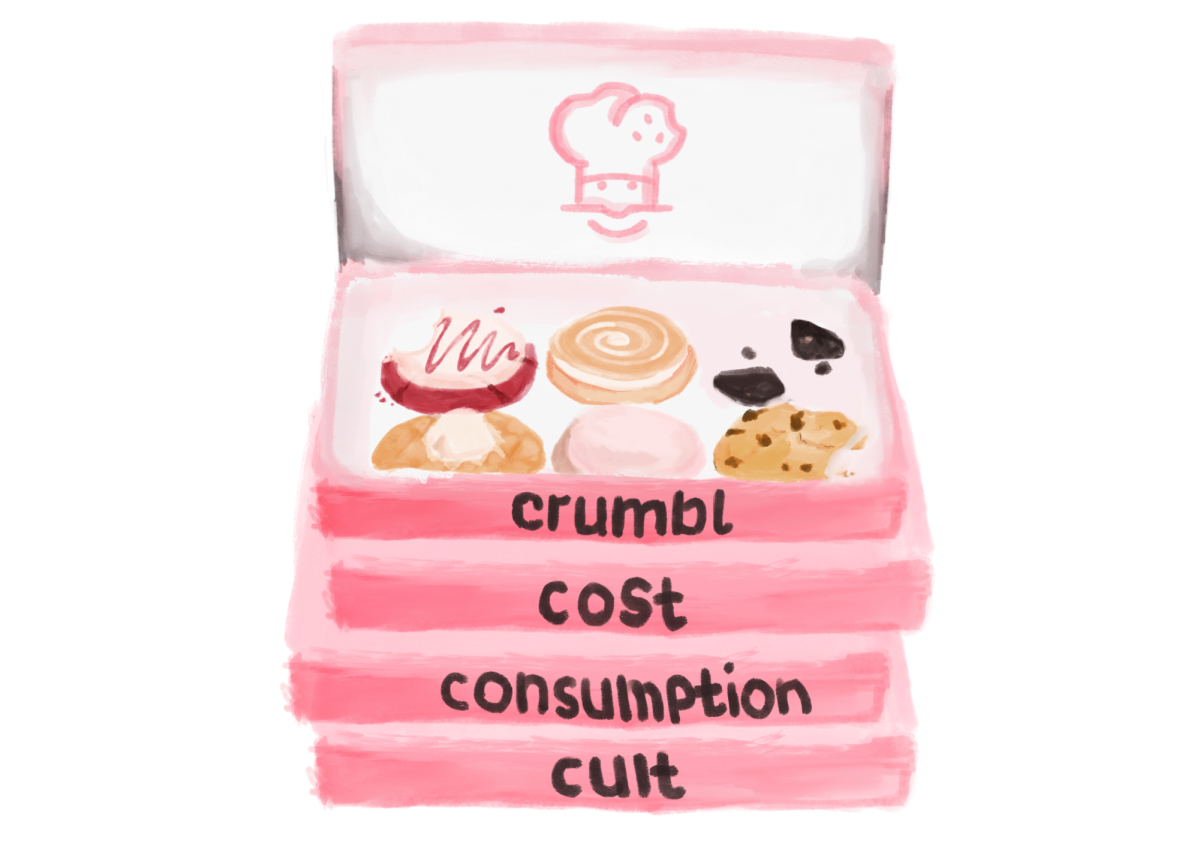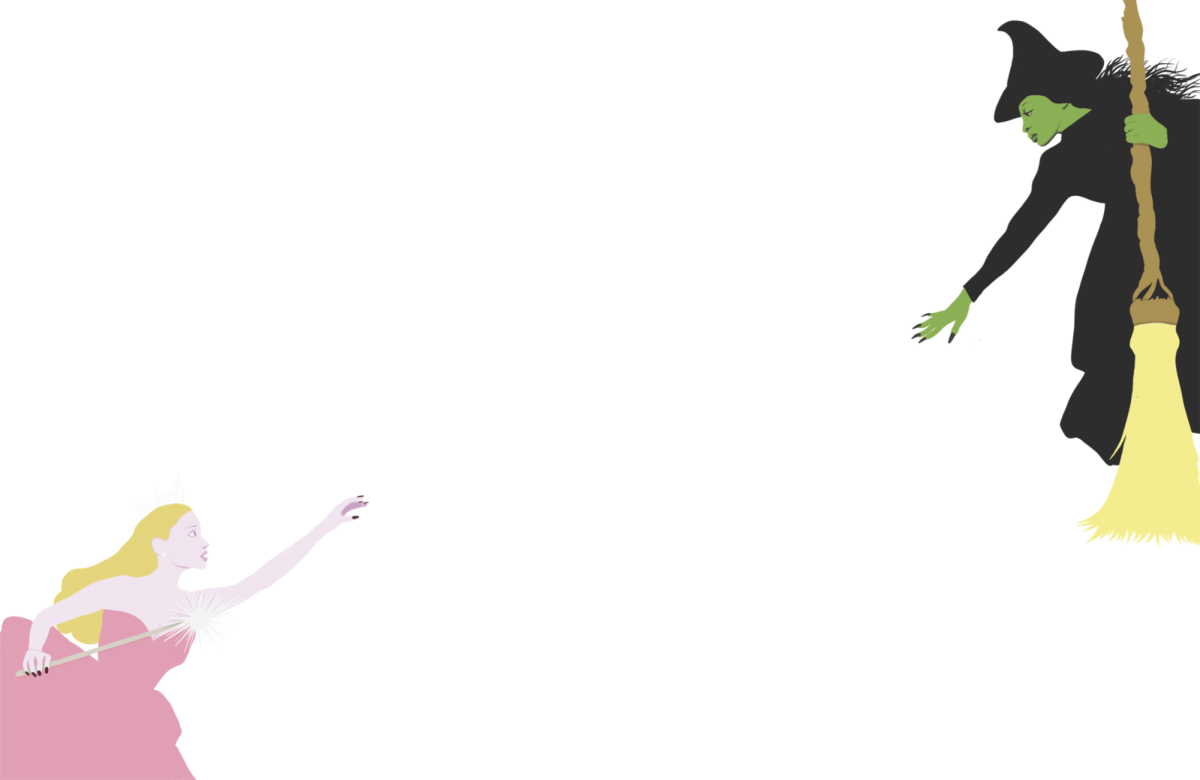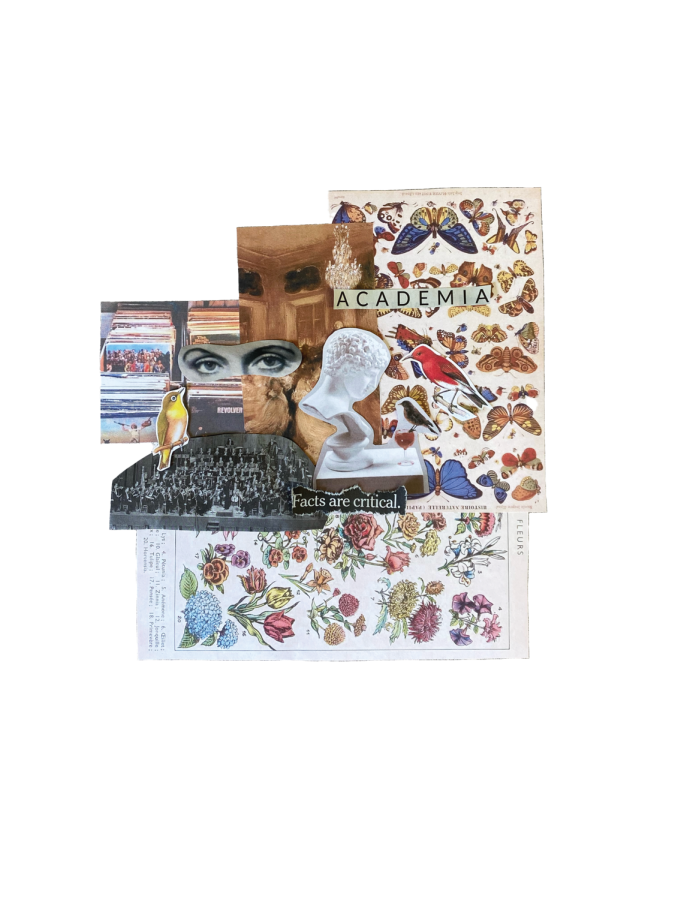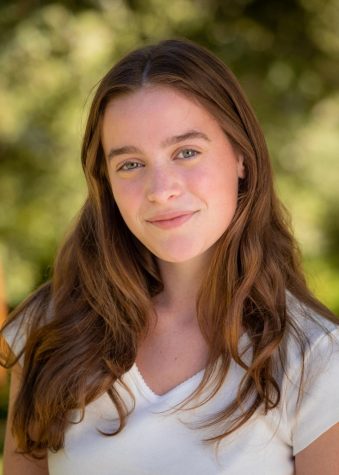Do Humanities Get the Coverage They Deserve?
With stronger representation of STEM in schools, could “humanities students” miss out on a comprehensive education before college?
March 3, 2022
As our world becomes more dependent on technology and artificial intelligence, the future is increasingly geared towards STEM. Everyone seems to think that the solutions to the world’s problems lies in the hands of future engineers, computer scientists, or doctors.
According to the National Center for Educational Statistics, 21% of bachelors degrees earned in the 2018-2019 school year were in STEM disciplines, while an article of Jill Barshay’s of The Hechinger Report said only 4% of college students who graduated in 2020 earned degrees in the humanities.
“There are different trends that go into education throughout generations, and STEM is really big right now,” art instructor Dug Uyesaka said.
These trends are not only reflected in students’ choices for college majors, but also in many high schools’ core curriculum.
“I do feel there is an emphasis on STEM at Laguna. The school offers a significantly broader range of electives and AP courses that focus around math and the sciences,” sophomore Dylan Charney said.
“The humanities, on the other hand, is relegated to just the visual and performing arts when it comes to electives, with even those being relatively limited with little forward progress to be made.”
Laguna is somewhat known for being a STEM-focused school and is rated within the top two STEMbased schools in Santa Barbara.
“There are huge investments being put into the STEM field, and more classes offered in the STEM because of those new classrooms being built and resources being added,” sophomore Lucy Wang said.
There isn’t an inherent issue with Laguna’s focus on STEM classes, other than the fact that Laguna does not claim to be a solely STEM school.
According to the school’s website, “Students receive an education tailored to maximize learning and foster an inquisitive mindset.”
“We have more math classes than all the art classes combined here at Laguna,” said sophomore Lyla Bollag. “Yes, this is a college preparatory school, but it should be more inclusive towards the people whose aspirations are geared towards the art world rather than the science/ mathematical world.”
The importance of the humanities in a high school education is relevant for all students, including those who are STEM-inclined.
“Since technologies are developing at such a rapid pace, more than ever before, we need to slow down our thinking and practice wisdom. The skills learned in the humanities empower all students to tackle the crucial philosophical questions,” English instructor Bojana Hill said.
The problem is that students who want to explore the humanities don’t have as much of an opportunity to do so as those who are inclined to study STEM subjects.
This is especially apparent when students build their schedules for the purpose of proving themselves to a college admissions board. As inequitable as they are, AP classes play an important role in getting into highly-selective colleges, especially at a college-preparatory schools like Laguna.
Taking multiple rigorous classes in your field of interest and demonstrating success is a vital part of everyone’s application. While there is a fair number of humanities courses, many are electives.
“Kids can do independent directed studies [within the art department], which means more proactiveness from the student, and I think that is great for working with a particular teacher in a particular field. However, this isn’t as ‘formal’ as other classes, and not as developed as, say, the STEM program. It would be good to have some other higher offerings,” Uyesaka said.
So, students who are focused on impressing colleges might be less inclined to fill their schedules with these electives when there is the option to take an array of science and math-based advanced placement classes, which will improve their transcripts for college.
This does not mean that the curriculum for any given humanities elective is any worse than that of an AP, but it does mean that selected colleges will not be as impressed with a one-semester non-honors course compared to a year-long AP course.
Laguna’s STEM APs range from various computer science courses to different levels of calculus to the natural sciences to many other, more nuanced, classes with 9 of the possible 12 AP STEM courses (75%) available.
The advanced courses in the humanities, on the other hand, are less abundant; while both AP English courses are offered, only four of the nine possible “history and social science” courses (44.4%), none of the “arts” courses, and only three of the eight “world languages and cultures” courses (37.5%) are offered.
Of course, the reason for these disparities is not due only to the tension between STEM and humanities; these numbers reflect the offerings of a small school.
Nevertheless, it can be frustrating for students who excel in the humanities, rather than STEM, to be unable to show their skills by achieving impressive grades in highly challenging courses that suit their interests.
The administration is making efforts to lessen the discrepancy between STEM and humanities offerings. After the STEM Program proved successful, the Humanities Program was launched the following year. While the new STEM building is up and running, a new Writing Center is also in the works.
“Classes I would like to see that emphasize the humanities are classes focusing on world religions, more defined art classes besides just Drawing and Painting, AP World History, and a class focusing solely on creative writing,” sophomore Cierra Rogers Nervo said.
In order to implement higher-level classes with the consideration of a limited number of teachers, some of the electives that are now offered could potentially be replaced. Some of the more advanced art electives could be replaced with an AP Art and Design Program. The single semester Art History elective could be replaced with AP Art History. The music fundamentals elective could be replaced with AP Music Theory.
The lack of AP humanities classes and the abundance of electives promotes the assumption that humanities courses in general are of less importance than science and math classes. With this assumption, students might be inclined to pursue STEM and consider it to be of greater importance.
“Education is incomplete without the education in the humanities. It’s essential to understand that the fate of the humanities—and its curriculum in high schools, as well as in universities—is inseparable from the future of human beings,” Hill said.
Upon entering higher education, students might not be as likely to study the humanities as a major, and therefore will not go into a career centered around the humanities.
“Students entering STEM, track higher and are making practical choices, as more career opportunities lie in technologies such as bionics, robotics, genetic engineering, and artificial intelligence,” Hill said. “But the question becomes: What do we want to be? And how do we determine that? If these new technologies will make humans more robotic and less human, there will be no turning back.”
English teacher and Experiential Learning Coordinator, Ashley Tidey, who recently took over Humanities Research Program said, “I think we have to hold onto the idea that the future is bright for the humanities at Laguna. No doubt we have a long way to go, but I like to think that we are in the midst of a grassroots movement, slowly and steadily, forging a path that will validate its importance.”




































